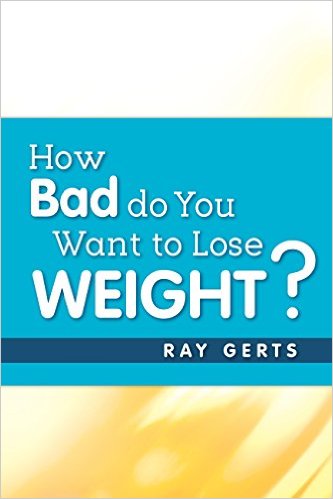I found this post on WebMd and for those who overeat, this read is a must.
Think back to the last time you ate when you felt absolutely stuffed. Were you tearing into a huge cake to celebrate a friend’s birthday? Loading up on turkey and sweet potatoes at Thanksgiving? Or were you at home alone, maybe at the end of a tough day? How did you feel afterward -- simply annoyed that you gave yourself a stomachache? Or were you tormented by guilt or shame? For me, it was the guilt and shame that I could control myself.
Eating too much every once in a while is normal. So is eating for emotional reasons. “From the moment we’re born, we’re nurtured with food, rewarded with food, and so emotional connections to food are normal,” says Michelle May, MD.
People who compulsively overeat, though, may use food as their only way of coping with negative emotions. As a result, they often feel that their eating is out of control. They think about food all the time and feel guilty, ashamed, or depressed after eating. “That’s very different from what someone feels after, say, eating a big Thanksgiving meal,”Dr. May says. “You might feel full, and you might regret having had that last slice of pie, but you’re not consumed with shame.”
Some people who overeat have a clinical disorder called binge eating disorder (BED). People with BED compulsively eat large amounts of food in a short amount of time and feel guilt or shame afterward. And they do this so often: at least once a week over a period of at 3 months or more.
Not everyone who overeats is a binger. You might eat a lot of food throughout the day, rather than all in one sitting. And you might not do it regularly, but only when you’re feeling stressed, lonely, or upset.
Can people be “addicted” to food?
In recent years, food addiction has become a popular idea among some scientists. Those researchers say that certain foods high in fat, sugar, and salt are addictive, causing changes in the brain similar to those made by drugs. Studies in animals have shown that rats that binge on sugar, for example, can develop signs of dependency.
But the idea of food addiction is controversial. For one thing, the standard treatment for addiction is abstinence, and that’s not possible with food. Also, “dieting is a very strong component of the binge eating cycle,” May says. “From that standpoint, it’s counterproductive to label certain foods as negative.”
There’s no doubt that eating can stimulate the release of feel-good chemicals in the brain, Hudnall says. “But that doesn’t make food an addictive substance. There’s evidence that it’s actually the behavior -- the restrict/binge cycle -- that causes the signs of dependency, not the food itself,” she says. Some researchers have even stated that the term “eating addiction” is a more accurate term than “food addiction.”
How can I control compulsive eating?
Seek help. It can be hard to stop overeating on your own, particularly if there are deep-rooted emotional problems involved, says Robin B. Kanarek, PhD, professor of psychology at Tufts University. Working with a counselor can help you uncover the psychological triggers -- like a negative body image -- that may be driving your behavior.
Page 3 of 3
Avoid labels. “Understand that you’re not a bad person doing bad things,” May says. The same goes for labeling foods. “Food is food -- it’s not ‘good’ or ‘bad,’” Kanarek says.
Avoid labels. “Understand that you’re not a bad person doing bad things,” May says. The same goes for labeling foods. “Food is food -- it’s not ‘good’ or ‘bad,’” Kanarek says.
Take a pause. When you feel like eating, pause for a moment and ask yourself: Am I hungry? “Sometimes people get so focused on what they want to eat that they don’t stop and ask themselves why they want to eat,” May says. If you use food as a coping tool, you may be out of touch with the cues that signal hunger or fullness, and it’s important to bring your awareness back to your body. In other words, you may have changed your entire reason for eating. If you have been using food as a coping tool for several months, you may not be eating to nourish your body anymore. You're only following the impulse to eat food so you can cope and therefore you never really get hungry. You may have changed your need for food and that is what causes you to overeat.
“A habit is very often simply a behavior that’s on autopilot,” Hudnall says. You can't ban foods, that can cause you to overeat later on. If you’re really craving something -- even if you’re not hungry -- give yourself permission to have a small amount.
If you really want to lose your body fat than look for my Ebook at the websites listed below. You'll get information on Healthy eating, exercise, and diet.
“How Bad Do You Want To Lose Weight?”, is available at all the online bookstores selling for $1.99. Go to any of the websites and search the title to find my Ebook. This book gives you all you need to lose weight without spending money on gym memberships, diet plans or meal plans. Look for my book. at Amazon.com, B&N.com, iBooks, Kobo.com, Scribd.com, or Gardner Books in the U.K.




